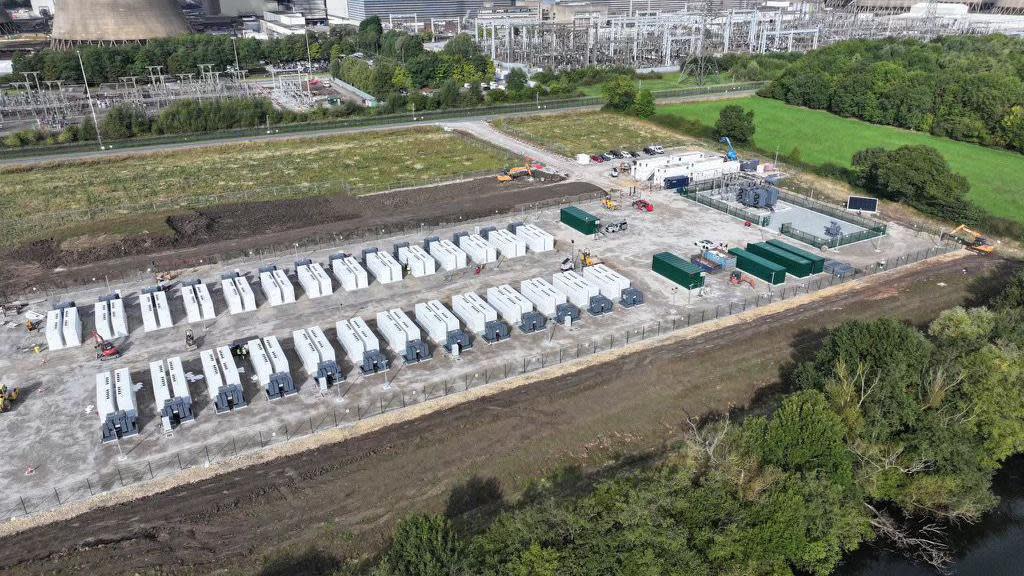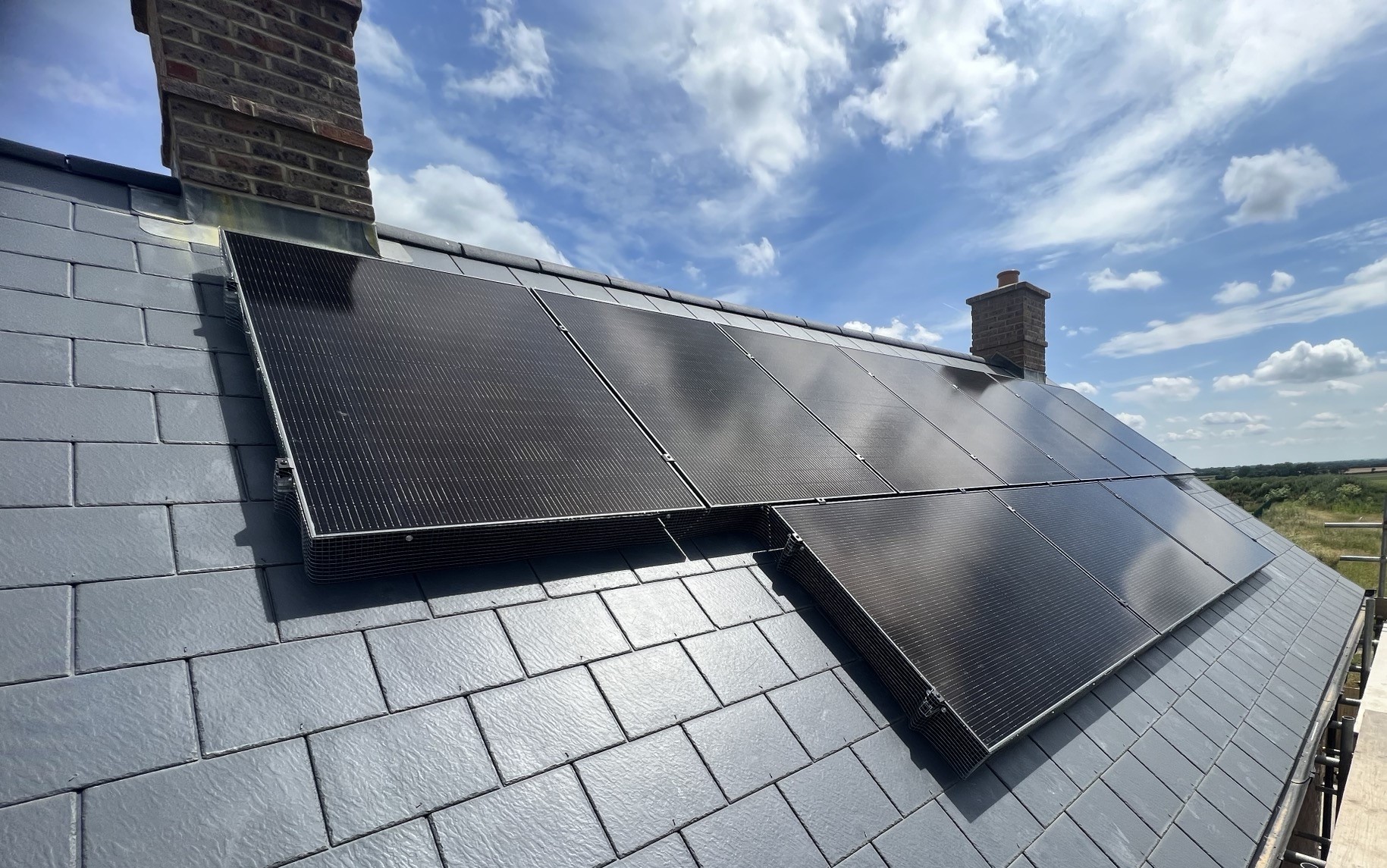October has seen the UK’s largest Battery Energy Storage System (BESS) go live at Drax near Selby in North Yorkshire. The former coal-fired power station has been transformed since it was retired in 2021 and is now one of the UK’s largest generators of renewable electricity from biomass and produces 11% of the UK’s renewable power.
This latest development at Drax is called the Lakeside Energy Park and it is a 100MW facility which is capable of storing power for approximately 30,000 homes. The opening of this new battery energy storage system facility is a big milestone for the UK in the journey towards net zero and a greener energy future.
Many more facilities like this are needed to store the energy generated from renewables like wind and solar, as the energy they generate can’t be controlled as easily as traditional power stations which can be managed to handle the peaks and troughs in energy demand. To increase the UK’s renewable energy mix further, we will need to store the energy so that it can be managed more effectively to meet the demands on the national grid. Battery storage enables wind and solar energy to be used when the sun is no longer shining or the wind blowing, making the technology feasible for around-the-clock demand.
A lot of work is going on to improve the flexibility of the grid and help generators meet demand, which includes battery storage and schemes to get consumers to alter their consumption patterns with incentives for overnight and weekend usage. This is all to help improve and flatten demand levels during peak times of the day. As a household or business, you can also help when you generate electricity using solar.
If you have a solar panel system, or are thinking of investing in a system, then you may want to include battery storage too. Like the facility at Drax, you can store your renewable energy and release it when you need it so that you are maximising your use of the electricity generated and not exporting it to the grid. This will mean you can make greater electricity savings too by not needing to buy as much electricity, and if you have an electric vehicle you could store the electricity to charge the vehicle.
There are special tariffs for people with home solar panels which pay for the electricity they generate and export to the grid, however, there is also an experimental tariff that goes a step further and benefits those with battery storage. The Octopus Flux scheme has been designed for owners of solar panel systems with battery storage and it offers split rates for import and export for different time periods during the day. It aims to encourage you to fill your battery with electricity at lower rates between 2am and 5am when demand is lowest and release this electricity between 4pm and 7pm when demand is at its highest and rates are also higher. So you will make money from using your battery for storing electricity and supporting them in meeting peak demand for electricity.
So even small renewable energy generators can play their part too in the renewable energy transition and support the national grid in becoming more flexible. If you are considering solar panels with battery storage, or you already have solar panels and are thinking of adding batteries, contact us for more information.
If you would like a quote for solar panels you can fill in our online quote form, or if you are just interested in some prices and savings try our online solar calculator.
Want some more information? Call us on 01268 552868 or use our live chat below.





